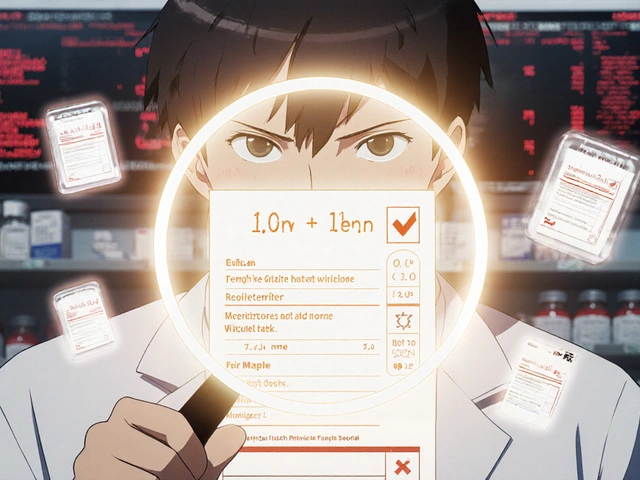Vitamin D Deficiency: Signs, Causes & Simple Fixes
As many as 1 billion people worldwide have low vitamin D — and you might be one of them without realizing it. Low vitamin D often starts with vague complaints: tiredness, achy muscles, or mood dips. Those small signals matter because vitamin D helps bone strength, immune function, and even mood balance.
Recognizing the signs
Watch for clear clues: constant fatigue, muscle weakness, bone pain or frequent infections. Older adults can fall more easily when their vitamin D is low. Kids may have delayed growth or soft bones. If you’re getting unexplained aches or feel wiped out after a normal day, checking vitamin D makes sense.
Some people have almost no symptoms. That’s why risk factors matter more than how you feel. If you have dark skin, wear sunscreen always, spend most days indoors, are overweight, or have digestive disorders that affect absorption, your levels are more likely to be low.
Practical fixes: sun, food, supplements, testing
First step: get a 25‑hydroxyvitamin D blood test. That single number tells the story. Most labs call <20 ng/mL a deficiency and 20–30 ng/mL a possible insufficiency. Aim to discuss target ranges with your doctor because needs vary by age and health conditions.
Sun exposure is the easiest source. Short, regular midday sun on arms and legs — think 10–30 minutes, 2–3 times a week — helps most people, but skin tone, location, and season change that. Darker skin needs longer sun time. Don’t overdo it; balance sun health and skin cancer risk.
Eat more vitamin D foods: fatty fish (salmon, mackerel), canned tuna, egg yolks, and fortified milk or cereals. Food alone rarely restores very low levels, but it supports maintenance after you’re back in range.
Supplements are the most reliable fix. Vitamin D3 (cholecalciferol) raises levels better than D2. For mild low levels, common doses are 1,000–2,000 IU daily. If your doctor finds a real deficiency, they may prescribe higher short-term doses — for example 50,000 IU weekly for a few weeks — then switch to maintenance dosing. Always follow medical advice, especially for high doses.
Be careful: too much vitamin D can cause nausea, weakness, and high blood calcium. If you take calcium supplements or have kidney issues, check with your provider before adding vitamin D.
Simple action plan: get tested, adjust sun and diet, add a D3 supplement if needed, and retest in 8–12 weeks after starting treatment. That approach gets most people back to healthy levels and keeps bones and energy where they should be.

Vitamin D Deficiency and Fatigue: How to Boost Your Energy Levels
As a blogger, I've recently discovered the connection between Vitamin D deficiency and fatigue. I found out that low Vitamin D levels can lead to constant tiredness and a lack of energy. To boost my energy levels, I've started spending more time outdoors in the sunlight and eating Vitamin D-rich foods like fatty fish and fortified dairy products. I also began taking a daily Vitamin D supplement to ensure I get enough of this essential nutrient. Since implementing these changes, I've noticed a significant improvement in my overall energy levels and well-being.
Detail




